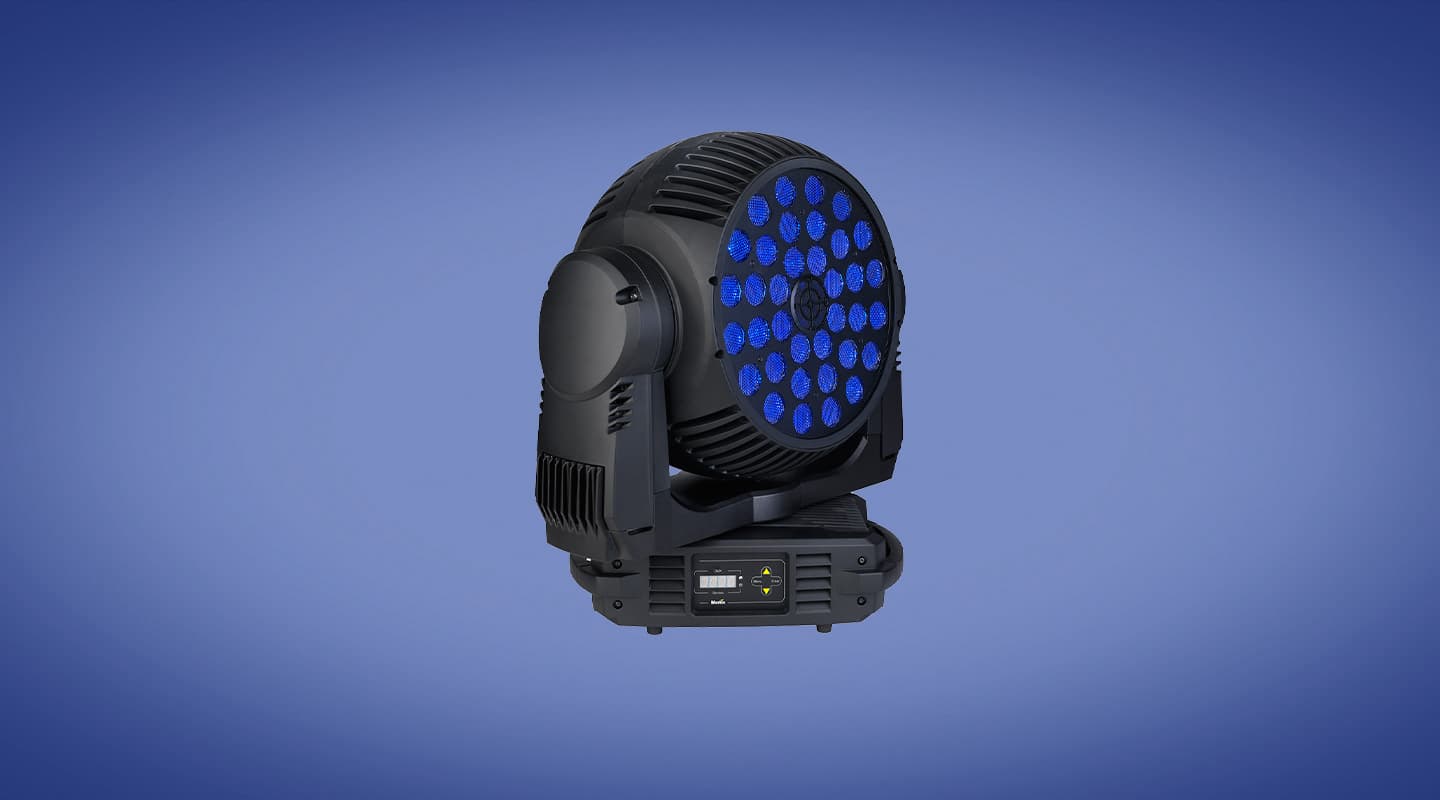
Review: Martin MAC 401 Dual
An LED washlight that’s ready to go toe-to-toe with the 575W incumbents.
Text:/ Paul Collison
At first glance, the Martin MAC 401 is like one of those babies with an uncomfortably big head – a little disproportionate, but strangely cute and cuddly. That’s where the all references to cute and cuddly end. This is one amazing fixture that bats way above its class. It heralds a significant step forward for LED-based fixtures. I have had the pleasure of spending the last few months with six field test units and dragging them around Australia. This is what I found.
The MAC 401 Dual, as it’s officially called, is based on the premise of utilising both sides of the luminaire’s head. On the front face, there are 36 Osram multicolour LED emitters, each housed under its own lens. The lenses have two functions. Firstly they help array the LEDs to form a single unified beam, and secondly, and aesthetically most importantly, they provide a translucent surface under which all the RGB colour mixing takes place. What this means is that from the outside the user only sees amber, instead of red and green LEDs. This makes the 401 look less like its LED-powered brothers and sisters and more like a ‘real’ light. Great for TV too, as the source is the same colour as its beam. There is also a gel frame should you wish to add a frost of some description.
The other face, or the back of the head, is where things become a little more flexible given your personal tastes. Although still under development, there is the intention to have an option for a white array of LEDs including warm and cool LED to give the user a range of colour temperatures in a punchy white wash. Alternatively, there is a mirrored surface, which gives older users of the VL-M a wry smile. There is an abundance of effects that can be generated by a fixture with two sides that illuminate; the real questions is where would these effects be appropriate? Having the flexibility of being able to switch between RGB and a really bright white source that has various colour temperatures would excite many. However, at the expense of spinning the head? Truth be told, the 401 stands respectably on its own four feet without using the rear face. Time will tell if the second surface is ever widely used.
THE COOK’S TOUR
Weighing in at just 20kg, the 401 is lighter than most 575W fixtures but certainly heavier than other LED wash lights, like the GLP Impression at 7.5kg. Starting from the bottom of the unit, or the top depending on where you sit, the 401 has the same omega clamp system as all Martin moving heads. On the side of the base we have two 5-pin XLR connectors with a PowerCon and two RJ45 sockets. The RJ45 connectors are in place to take advantage of Martin’s new P3 protocol for future integration in to the LC Plus system via a P3 controller. This means that you could use the 401 as part of a video wall with LC panels, and map the appropriate piece of content to it. It’s worthwhile noting that this is not part of the current software, but is slated for introduction at a later date. Users of other Martin fixtures will be at home with menu system for access to the fixture’s settings, test modes and profiles.
Moving up to the head, there are the two surfaces for the LEDs. There are vents for airflow which will definitely create problems for those looking to use the 401 outdoors. With an IP rating of 20 the 401 is very much an ‘indoor use only’ fitting.
The software in a moving light is often the key to its success or failure. It’s even more important in an LED fixture like the 401, as the software developer will need to spend copious amounts of time making the LEDs react as a traditional fixture would with mechanical dousers and other mechanisms. For example, strobe or dimming effects in a traditional moving light are done with the douser blades. To strobe a LED, it’s about ramping or spiking the power to each LED. Similarly with dimmer effects, there needs to be close attention to the ramping on and off of the LEDs regardless of the colour mixed at the time. Even from its early stages, the software in the 401 has strived to optimise dimming and strobing so that it reacts as a programmer would expect a ‘normal’ light to behave. Most importantly, its feature set is similar to other Martin fixtures. The strobe features are in the strobe channel. The various strobing macros you expect on any other MAC, including offset strobing and pulse effects, are all there.
There are also some of the newer effects from the MAC III, including the funky burst effect. The dimming curve is nice. There are four to choose from, although the default square law, is more than adequate for general use. There are the normal LED issues in the 0% to 5% range of the dimmer curve. Nothing that creative programming and a knowledge of LED fittings can’t get around. There are some colour effect macros too. As the front face of the unit is broken down in to quadrants, you can either program your own or access the inbuilt chases that take advantage of this. You do pay the price of a bigger footprint in your DMX mapping. In its leanest mode, the 401 takes up only 13 channels, but if you want all the whiz-bang effects, it takes up 33 channels.
Now it has to be said at this point that during the months I was using this fixture, I didn’t find a point where these effects would be useful. The 401 is an outstanding LED wash light, the effects in my mind don’t endear it any more, or less for that matter. That said, there are sure to be many who will love this aspect of the device.

ZOOM ZOOM ZOOM
There is an impressive 17°–49° zoom on the 401 that’s achieved by moving the front lens array back and forth. Taking approximately 0.5 seconds from end to end, the action is smooth, and faster than most other zooms. In hyper-mode, fixed at 17°, the beam is tight but at the cost of introducing some serious halation. At the other extreme of the zoom range, you do begin to see a dip in level at the centre of the beam. The dip is similar to the donut look in a Syncrolite at full zoom, although nowhere as pronounced. In their wisdom, Martin decided that rather than inhibit the zoom and avoid the hole and the halation, they would rather give the user the utmost flexibility. So if you’re in a situation where halation is not acceptable, then you need to zoom out little. Likewise, if you’re trying to wash a space and a variation in level in not acceptable, then think more 30° to 40° than 49°.
In standby mode the 401 draws approximately 30W @ 240V. With the RGB face at full you draw closer to 386W @ 240V. We often hear about how LED fittings use less power, wash the dishes and do the odd tax return on your behalf. Regardless of how much this is the case (regarding the power!) there are some important things to consider here. With your discharge lamp, you are drawing close to full power all the time. When you close the shutters for the opening of the house and leave the lamp burning for an hour while the audience is seated, you are drawing almost full power, unless your fixtures have a smart standby mode. With an LED source, the only parts of the fitting drawing power during a blackout are the processor and minimal current to hold pan and tilt in place. It would be interesting to see exactly, for a musical or your average theatre show, how much of the average day in the life of a moving light, the shutter closed. More than half one could safely assume. Saving power is not just about the bills. There’s the environmental impact which we all will have to pay for sooner or later.
THE FINAL WASH UP
We could go on about lumens per Watt and bamboozle everyone with numbers and figures, however, what is really interesting is how the 401 stacks up against other fixtures in a normal everyday environment. The six field test units were on a rear truss on a televised dance show where they spent most of their time in a tight zoom and were competing for attention with 12 GLP Impressions, 14 MAC 2k Washes, 18 MAC 2k Profiles, Pulsar Chroma Banks, ACLs, par cans and more. Ultimately the 401s spent a lot of their time at around 70 to 80% intensity, particularly in the pastels, and as you would expect, ran at full in the more saturated colours. Their chunky strobe effects really worked hard as did RGB chase after RGB Chase. Their movement was quick, not as quick as a GLP Impression or VL6, but faster than your average 575W wash fixture. The halation mentioned earlier became an issue at times; however, it is noteworthy that the production run of the 401 has tidied this up somewhat.
The six units performed their duties for two months straight, often working for 15 to 17 hours at a time. During the two months not one fixture required the attention of a technician.
The Martin MAC 401 Dual is a very tidy wash light that competes easily in the 575W wash market. This is a fixture that is versatile and would fit nicely in to the inventory of every production house. Although this may be a premature call, it almost definitely signals the beginning of the end for discharge wash lights in the 575W to 700W range.
PRODUCT DETAILS
Show Technology: (02) 9748 1122 or www.showtech.com.au
Price: $14,000 (inc GST)

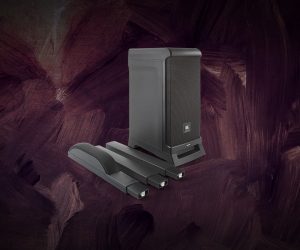
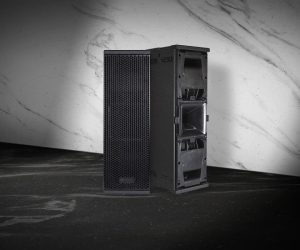
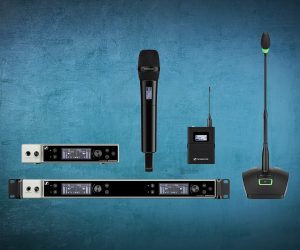

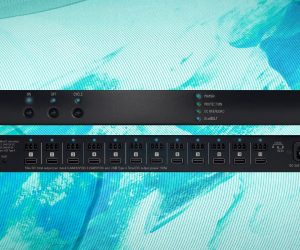
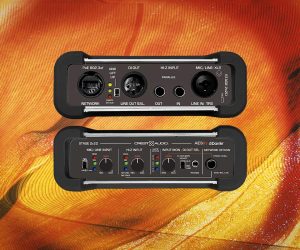
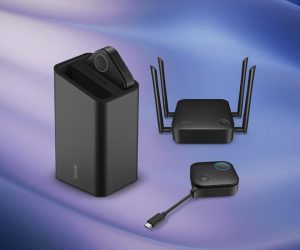

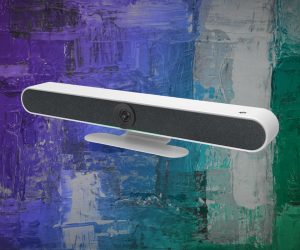

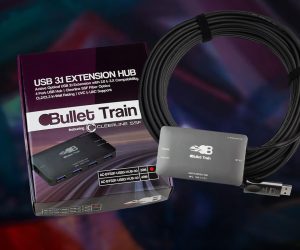
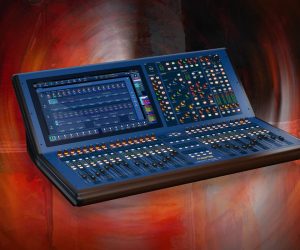


RESPONSES